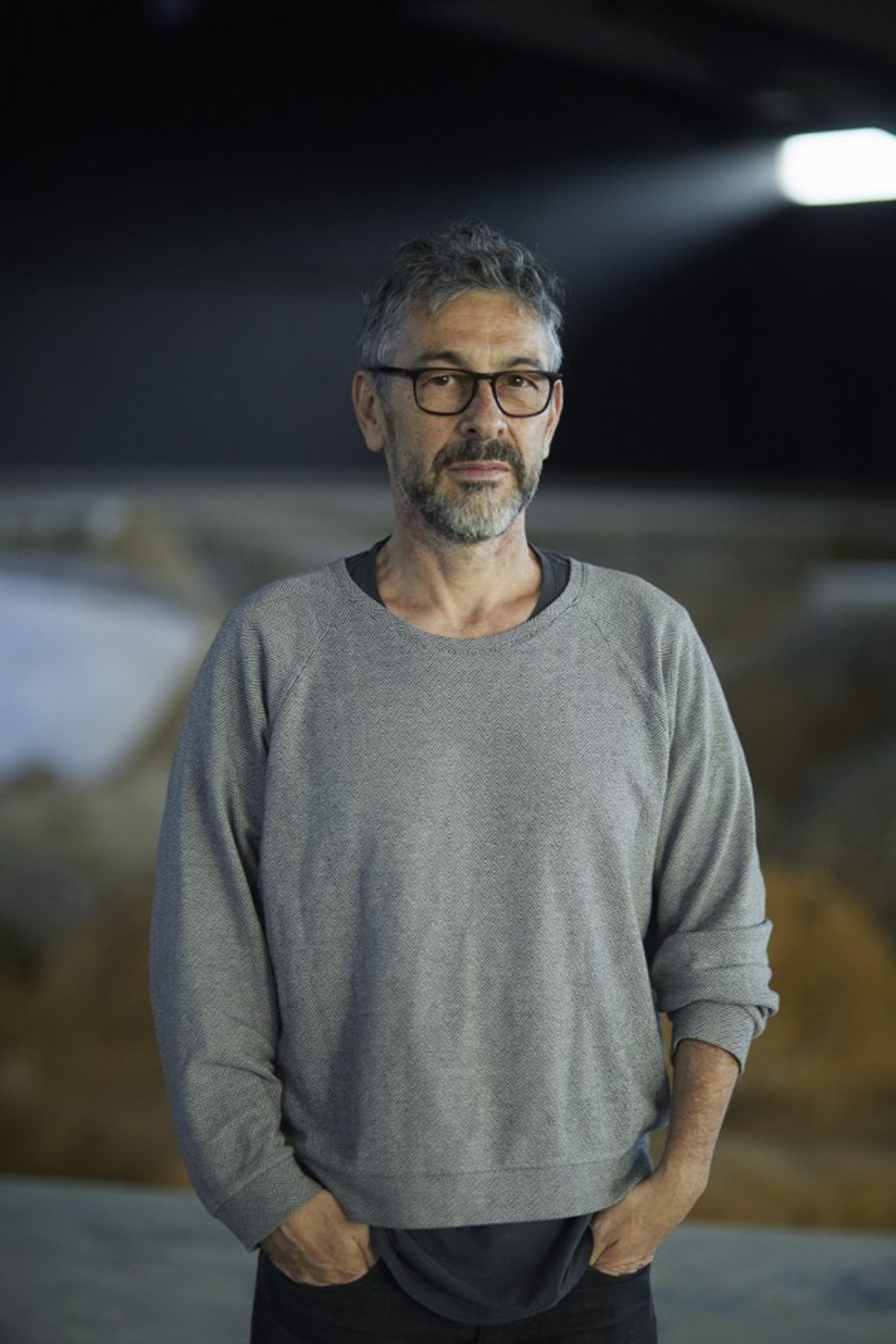Artists do it for themselves at Okayama Art Summit, where less is more and there’s no curator dictating their vision
- An antidote to conventional art biennales, event in western Japan sees 18 artists exhibiting their works together at a small number of sites
- Its theme ‘If the snake …’ is deliberately open-ended, and the result is a show that asks questions about technology, our imagination and the human condition

There has been a long-running debate in the contemporary art world: why hire curators when artists are perfectly capable of putting together an exhibition themselves? The Okayama Art Summit is a case in point.
Held in Setouchi, western Japan, the event is the brainchild of Japanese fashion entrepreneur and art collector Yasuharu Ishikawa, who hopes contemporary art can revitalise his hometown. Launched in 2016, it is being staged for the second time this year.
Ishikawa and Tokyo gallerist Taro Nasu, the event’s executive director, have avoided appointing curators and instead handed power to leading artists. They want the Okayama Art Summit to be an antidote to conventional, curator-led biennales that tend to be crammed with artists.
“You get numb by this,” says Pierre Huyghe, the triennial’s artistic director this year. “It needs to be graspable. Once you have 200 artists, not only does it dilute everything but it’s nearly impossible for you to start to play mentally with the works.”

The French conceptual artist has chosen works by 18 artists, of which he is one, and exhibited them within a small radius. The shows, all of which are within walking distance of each other, take in historic sites such as the striking, black-walled Okayama castle and the banks of the Asahi River.